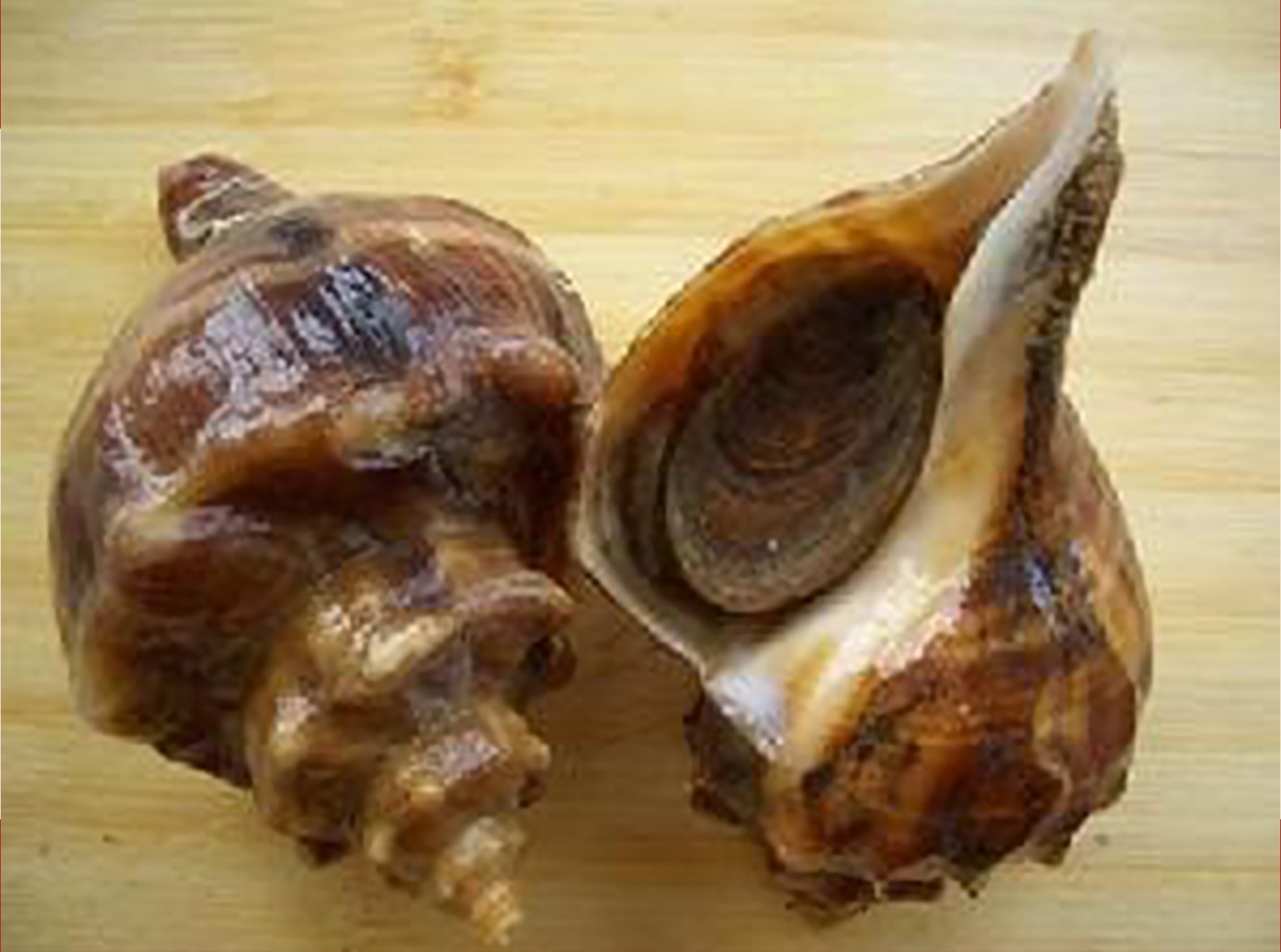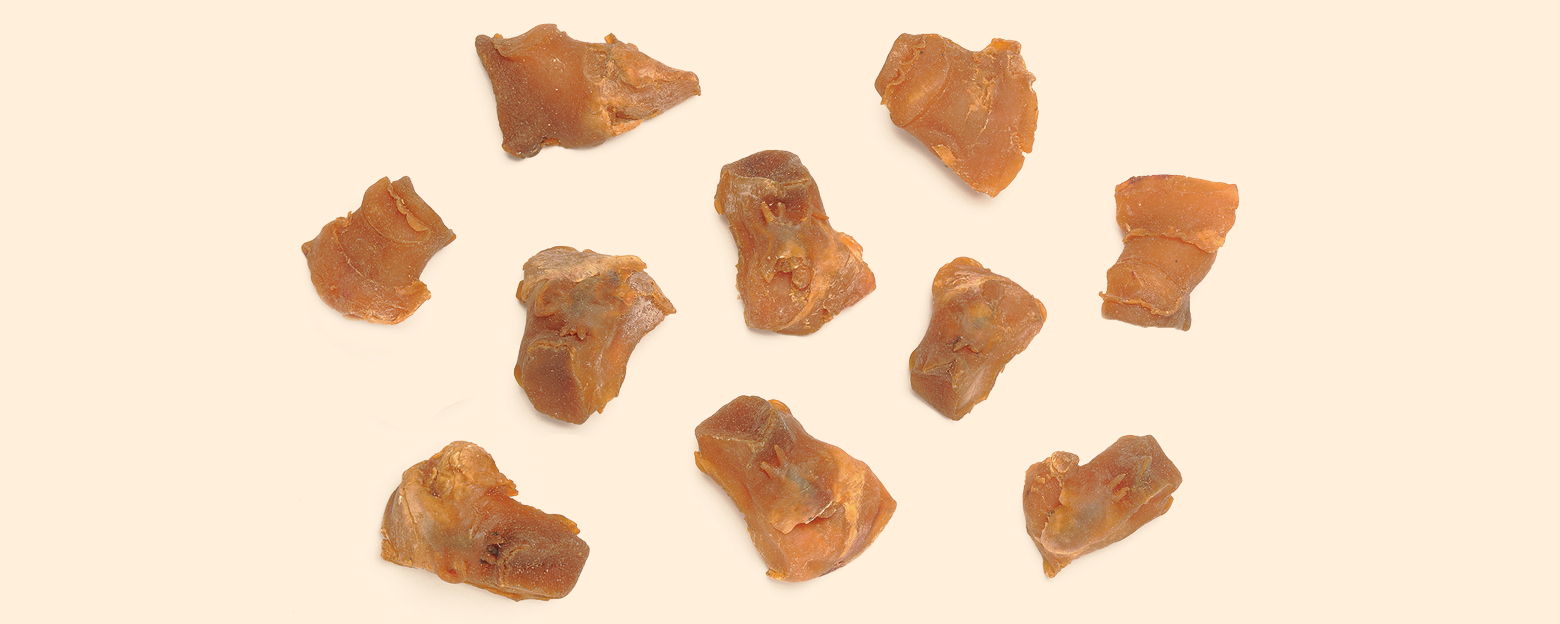Dried sea conch is a high-protein, low-fat food known for its sweet and fresh taste. It is commonly used as a soup ingredient and is also valued for its medicinal properties. Dried sea conch is suitable for people of all ages and is particularly beneficial for individuals who stay up late or suffer from weak qi and blood deficiency.

Warm

Liver

Sweet
Sea conch is rich in protein, vitamins and essential amino acids and trace elements, it is a typical high-protein, low-fat, high-calcium natural health care product. It is very beneficial for people with qi deficiency, weak blood and anemia.
| . | Maintain Immune Function Sea conch contains a rich amount of zinc, which helps maintain the levels of lymphocytes and immunoglobulins in the body. This helps to sustain the body's natural immune defenses at a normal level. Consuming sea snails can be beneficial for individuals who are weak or prone to illness, as it supports their immune function.
|
| . | Preventing Osteoporosis Sea conch is rich in calcium carbonate, which contains the highest amount of calcium ions. Consuming Sea conch can effectively provide the body with the necessary calcium, helping to prevent osteoporosis, a condition characterized by weakened and brittle bones. By supplementing calcium levels, sea snails contribute to maintaining bone health and preventing the development of osteoporosis.
|
| . | Protect Eyesight Sea conch contains vitamin A, which is an essential component of the photosensitive pigment in the retina. Adequate intake of vitamin A helps protect vision and prevent vision problems such as night blindness. Consuming sea snails can contribute to maintaining healthy vision and supporting optimal eye function.
|

The primary species used for scallop cultivation is the Yesso scallop, which is not restricted to Japan but can also be found in various regions such as the Yellow Sea in China, the western coast of North America, the southern waters of South America, the Sea of Okhotsk in Russia, and the East China Sea in South Korea. Presently, scallops available for purchase are often sourced from China, Japan, and Russia. It's worth noting that the nutrients and water temperatures in different marine environments vary, leading to differences in the quality and taste of scallops from these regions.
Sea conchs are mainly found on the seabed in shallow coastal areas.
1. Harvesting: Sea conch are marine mollusks that are harvested from the ocean, sourced from the coastal waters surrounding the country.
2. Cleaning and Shelling: Once harvested, the sea conchs are cleaned to remove any dirt or debris. They are then shelled to access the meat inside.
3. Slicing or Cutting: The conch meat is then sliced or cut into half.
4. Curing or Brining: The sliced conch meat is often cured or brined to help preserve it and enhance its flavor.
5. Drying: The cured conch meat is then dried using various methods such as sun drying, air drying, or dehydration. Drying helps remove moisture from the meat, extending its shelf life.















